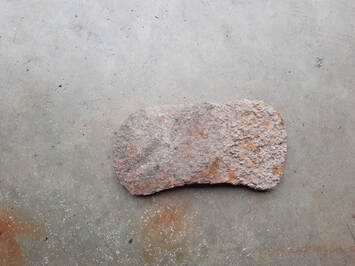 Original ax head with dirt removed Original ax head with dirt removed Back in late July, a friend on Facebook saw my original post about the ax head (found metal detecting) and saw blade (found walking behind my coonhound Seth) that I'd discovered in the forests of Painted Post, and she let her son know about the post. Her son, we’ll call him Roger (because, well, that’s his name), caught up with me in the parking lot of a local supermarket. (Life in a small town.)
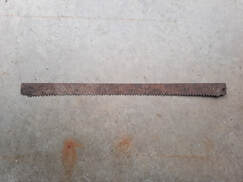 30" saw blade found in the forest of Painted Post due to a process called cytoturbation. 30" saw blade found in the forest of Painted Post due to a process called cytoturbation. Like a Blade Out of . . . Nowhere I explained to Roger that the saw blade was found was near a creek, about ¼ mile away from where I’d found the ax head. I told him I'd walked over that spot a fair number of times, but I never saw it before. Yes, there had been a hard rain just prior to me finding it, but would that be enough? He then explained a process of the ground freezing and thawing—called cryoturbation—which caused the soil to “churn” and can being artifacts below to the surface. Interestingly, Roger said I would probably find glass there, and I told him that I did find green glass there! It's always nice to talk to an expert. Ah yes--life walking behind a coonhound.
0 Comments
Your comment will be posted after it is approved.
Leave a Reply. |
Categories
All
|
- Ryland Creek
- About The Ryland Creek Novels
- Buy the Ryland Creek Saga: Print Books
- Buy the Ryland Creek Saga in E-Book
- The Ryland Creek Saga in Audiobook
- Blog: In a place called Painted Post
- Reader Reviews for The Ryland Creek series
- Meet the Author:Joseph Gary Crance
- An Ode to Painted Post
- The Magical Realism of the Ryland Creek Saga
- Other local authors
- Contact
- Leave A Reader Review
- Ryland Creek
- About The Ryland Creek Novels
- Buy the Ryland Creek Saga: Print Books
- Buy the Ryland Creek Saga in E-Book
- The Ryland Creek Saga in Audiobook
- Blog: In a place called Painted Post
- Reader Reviews for The Ryland Creek series
- Meet the Author:Joseph Gary Crance
- An Ode to Painted Post
- The Magical Realism of the Ryland Creek Saga
- Other local authors
- Contact
- Leave A Reader Review
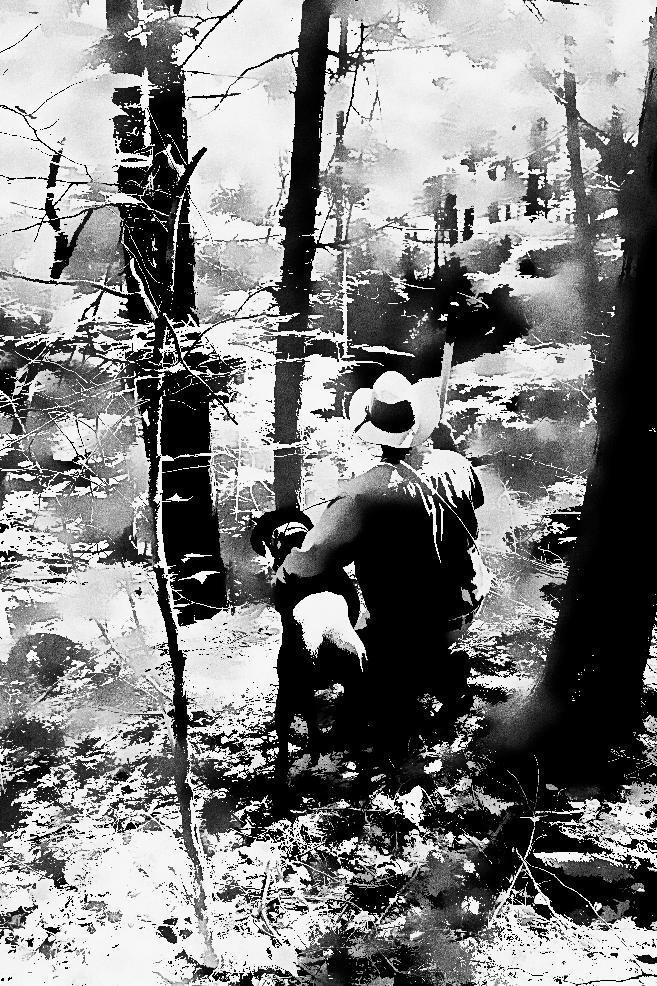
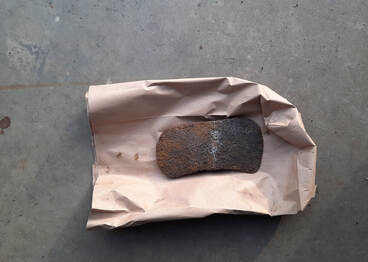
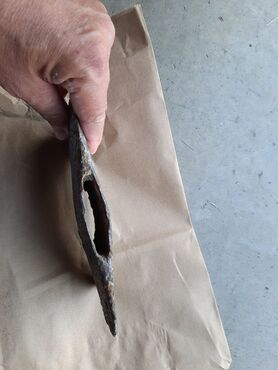
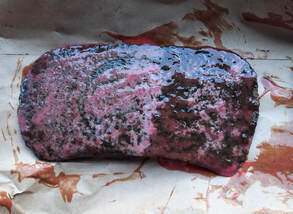
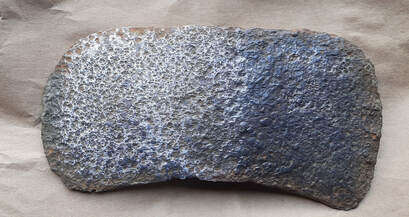
 RSS Feed
RSS Feed